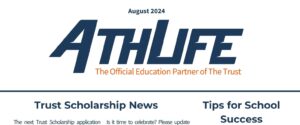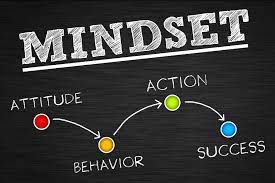Effective emails are vital to professional communication
Living in our technology-driven world today, email is vital to effective communication. We use emails when responding to managers, teachers, applying for jobs, even our insurance companies. Now, when writing emails how can you be sure that they convey the correct message along with professionalism? Before you select send again, consider the following.
Email Subject Line
This is the first part of the email that will be seen. The subject must be clear enough for the recipient to know what the email is about, but not too long. Including a subject will also help your recipient and you to find it later if needed.
Professionalism
You and your manager may have a casual conversation in the office, but that does not mean your emails should lack professionalism. Be sure that your writing is polished since your recipient will be able to keep the email as long as they like. Utilize your best grammar skills, sentence structure, capitalization, and punctuation.
Attachments
If you have the need to attach a file, try to attach the file before writing your email. There is nothing worse than writing your email then pressing send to find out you forgot to add the attachment. When using an attachment, try to use a PDF to help ensure your recipient does not have any problems opening it.
Recipients
Be sure you know who your recipients are. When receiving a chain email from your manager and you need to reply, remember to not select “Reply All”. If you do need a few people to receive the same response, then you can always copy them on the email. An easy rule to follow when copying is that the “To” means you expect a response and “CC” is keeping them informed. You can also, blind copy (BCC), which is used when you do not want the addresses of the recipients to be seen.
Timing
As cliché as the saying is, “timing is everything”. If your employer or future employer emails you, try to respond at your earliest convenience. However, do not rush to respond without solid context, but respond quickly enough so you do not keep them waiting. For sending follow-up emails, try to send them as promptly as possible to ensure your recipient understands that you value their response and time.
This Lifelete Fundamental was powered by Forbes and Harvard Business Review.



